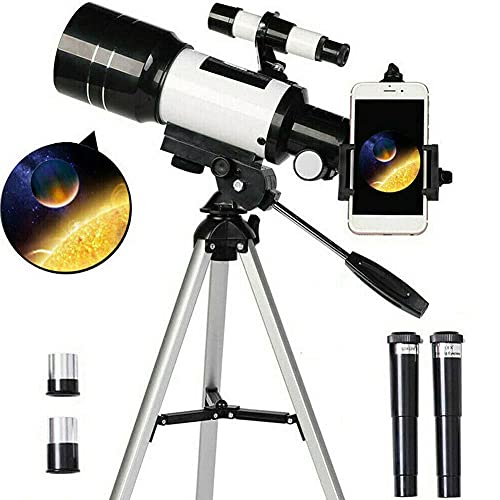Increased Accuracy and Precision
One of the major benefits of using a computerized telescope is the increased accuracy and precision it provides. Unlike manual telescopes, which require the user to manually adjust the telescope to find celestial objects, computerized telescopes can automatically locate and track objects with great accuracy. This is particularly useful for astronomers who want to study specific objects or track the movement of planets, stars, and other celestial bodies over time.
Efficiency and Time-saving
Another significant advantage of computerized telescopes is their efficiency and time-saving capabilities. With traditional telescopes, astronomers often spend a significant amount of time manually searching for specific objects in the sky. In contrast, computerized telescopes can quickly and accurately locate objects with just a few button presses or commands. This allows astronomers to spend their time more efficiently by focusing on actually observing and studying the objects they are interested in, rather than searching for them.
Easy to Use for Beginners
Computerized telescopes are also easier to use, especially for beginners. The built-in computer systems or interfaces in these telescopes often have user-friendly menus and commands that guide users through the process of locating and tracking objects. This makes it easier for novice astronomers to learn the basics of sky observation and exploration without having to spend a lot of time learning how to manually operate a telescope. The intuitive nature of computerized telescopes can help lower the entry barrier for beginners and encourage more people to get into astronomy.
Advanced Features and Functions
Computerized telescopes often come with a range of advanced features and functions that enhance the overall observing experience. These may include automated star alignment, GPS functionality for precise location information, database of celestial objects, digital data collection, and even remote access capabilities. These features can greatly expand the possibilities for astronomers, allowing them to easily access and explore a vast amount of astronomical data and take advantage of advanced observing techniques.
Integration with Digital Imaging
Computerized telescopes can be easily integrated with digital imaging systems, such as cameras and CCD (Charge-Coupled Device) sensors, to capture high-resolution images of celestial objects. This opens up opportunities for astrophotography, allowing astronomers to capture stunning images of galaxies, nebulae, and other distant objects. By combining the precise tracking capabilities of computerized telescopes with advanced imaging technology, astronomers can produce high-quality images that were once only possible with professional observatories.






